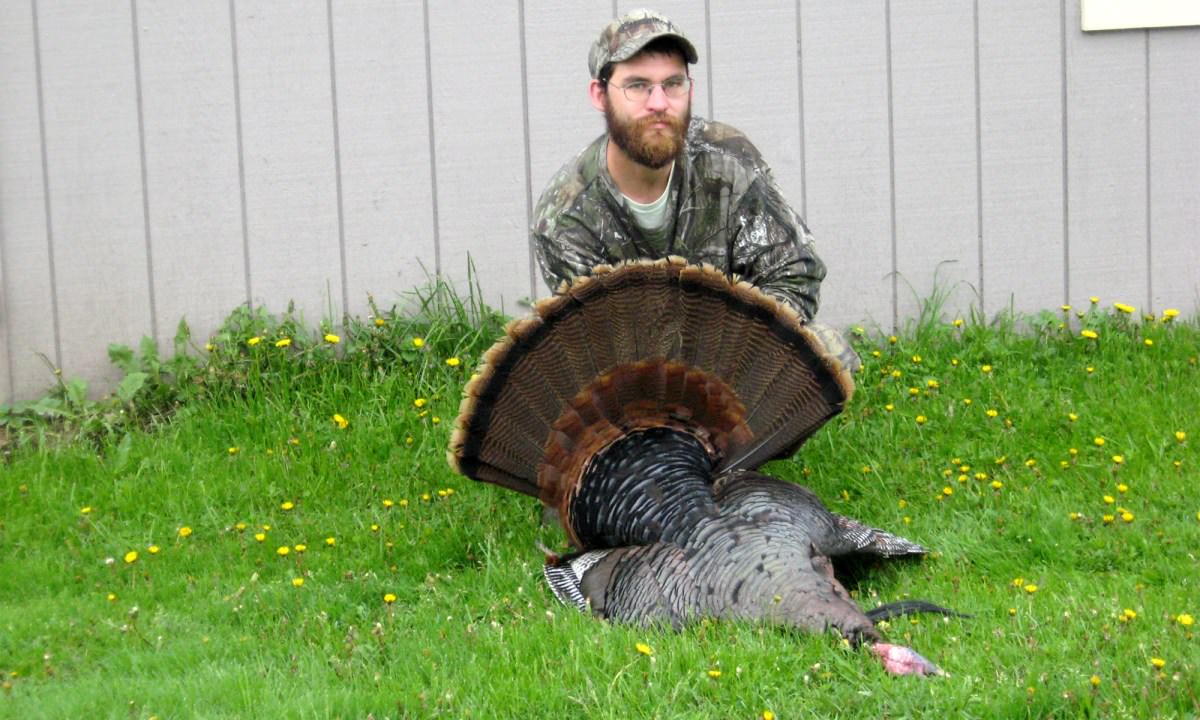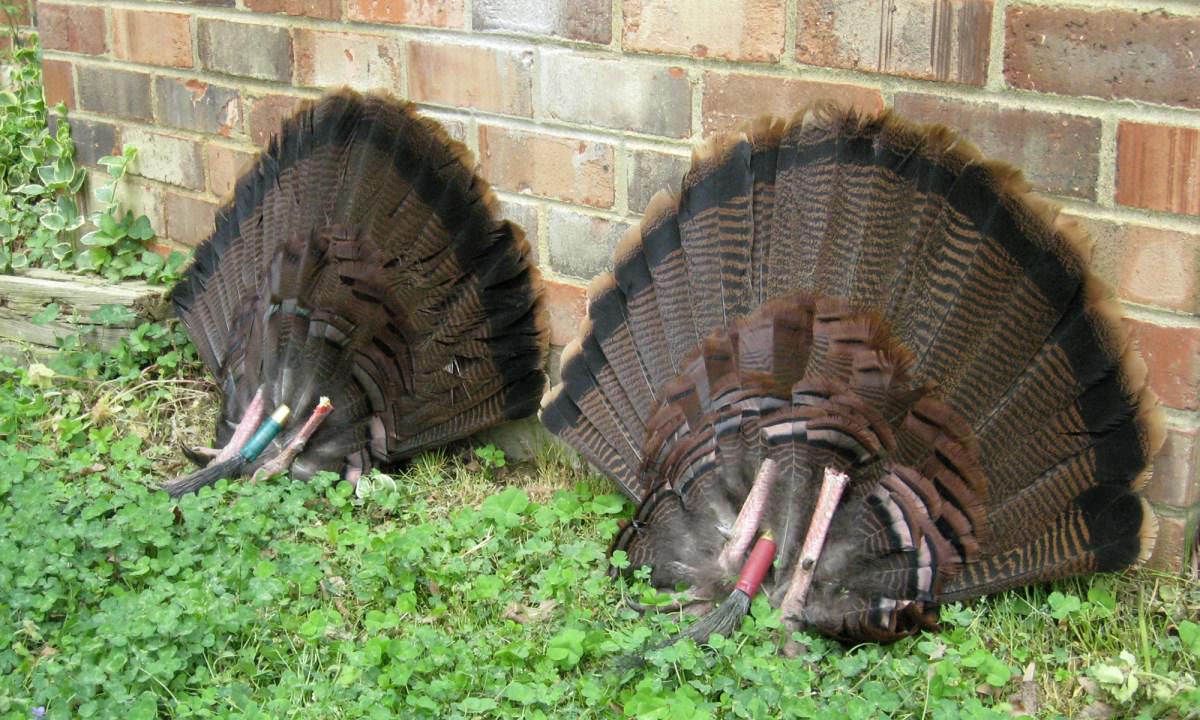Hunting spring gobblers is a great way to get outdoors and shake off that nagging case of the wintertime blues.
It’s also a lot of fun. Here’s a few tips to help you be successful whether this is your first or 50th season chasing the elusive thunder chicken.
Speak the Language
Before you set foot in the spring turkey woods it’s important to familiarize yourself with the wild turkey’s vocabulary. Beginners should start with a box or pot and peg call and try to mimic the sounds of a lonely hen. After that, move on to more advanced diaphragm and tube calls and throw in some jake yelps and even gobbles to bring in a wary longbeard.
Scout Hard, Hunt Easy
The importance of scouting in spring turkey hunting cannot be overstated. Knowing where a bird likes to roost and which direction he typically travels after leaving the roost gives you a huge advantage over going into a hunting area blind. Get out and listen starting 2-3 weeks before the season and hang your tag a long spurred bird on opening morning.
Camo Everything
A wild turkey relies heavily on his vision to stay alive. Don’t let a shiny gun barrel or a protruding white sock give away your location. Make sure everything you are wearing or carrying is either camouflage or matte finished neutral tones and always wear a face mask and gloves when you’re working a bird. He’ll never know what hit him.
Don’t Move!
All the camo in the world won’t hide a fidgeting hunter. If you can see a turkey, he can see you. Stay as still as the tree you are leaning against until his vision is obstructed, get your gun on him, and shoot him when he gets into range.

Arm Yourself
A 12 or 20 gauge shotgun is ideal for turkey hunting. Whichever gauge you choose, your turkey gun should be equipped with an extra full choke, a sighting system, and a sling. Pattern your gun with several loads to determine which shoots best from your weapon and what your maximum effective range is and you’ll be sure that when your gun goes “boom" the turkey will go “flop."
Wake Up Early
Wild turkeys wake up early. If you’re hunting them, you should too. Try to be in the woods 45 minutes to an hour before sunrise to listen for birds sounding off from their roost trees. If a bird is consistently roosting in the same tree, it’s often possible to slip in close under the cover of darkness and put him down before most folks have had their morning coffee.
Use Varied Tactics
Everyone has their favorite way of hunting spring gobblers. Some folks like to wait them out on the edge of a green field while others are more into walking and calling to locate a fired-up bird. However, the most effective hunters use a mix of tactics based on weather, the phase of the season, and the amount of gobbling activity.
Fool Them with Fakes
Turkey decoys come in all shapes and sizes. The best ones look almost like the real thing and some even allow the hunter to add movement. Whether you use a hen, jake, or strutting tom decoy (or a combination of dekes) they can help bring a wary bird those last few yards and keep his attention focused away from you so you can set up for the shot.
Double Team a Gobbler
Hunt turkeys long enough and you’ll run into a bird that will consistently come to your calls, but always hangs up 70-80 yards away. Play dirty and bring a buddy to call for you, set up 50 yards in front of him, and put down that stubborn strutter.
Fan a Field Bird
Another tough tom you’ll eventually run into is a bird that struts and gobbles at your calls, but plants himself in the middle of a wide-open field. After making sure there are no other hunters in the area, simply raise a dried tail fan in front of your face, hit the dirt, and crawl within range. It doesn’t seem like it should work, but it does almost every time.
Be Persistent
Waking up at 4 a.m. for a month straight can get tiresome, but it will all be worth it when you’re finally walking out of the woods with 20 pounds of hard earned spring gobbler slung over your shoulder.
